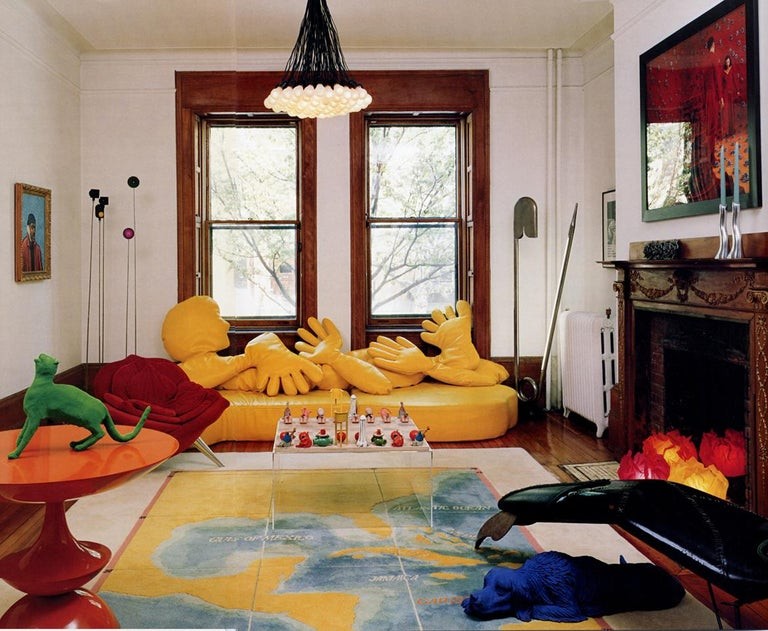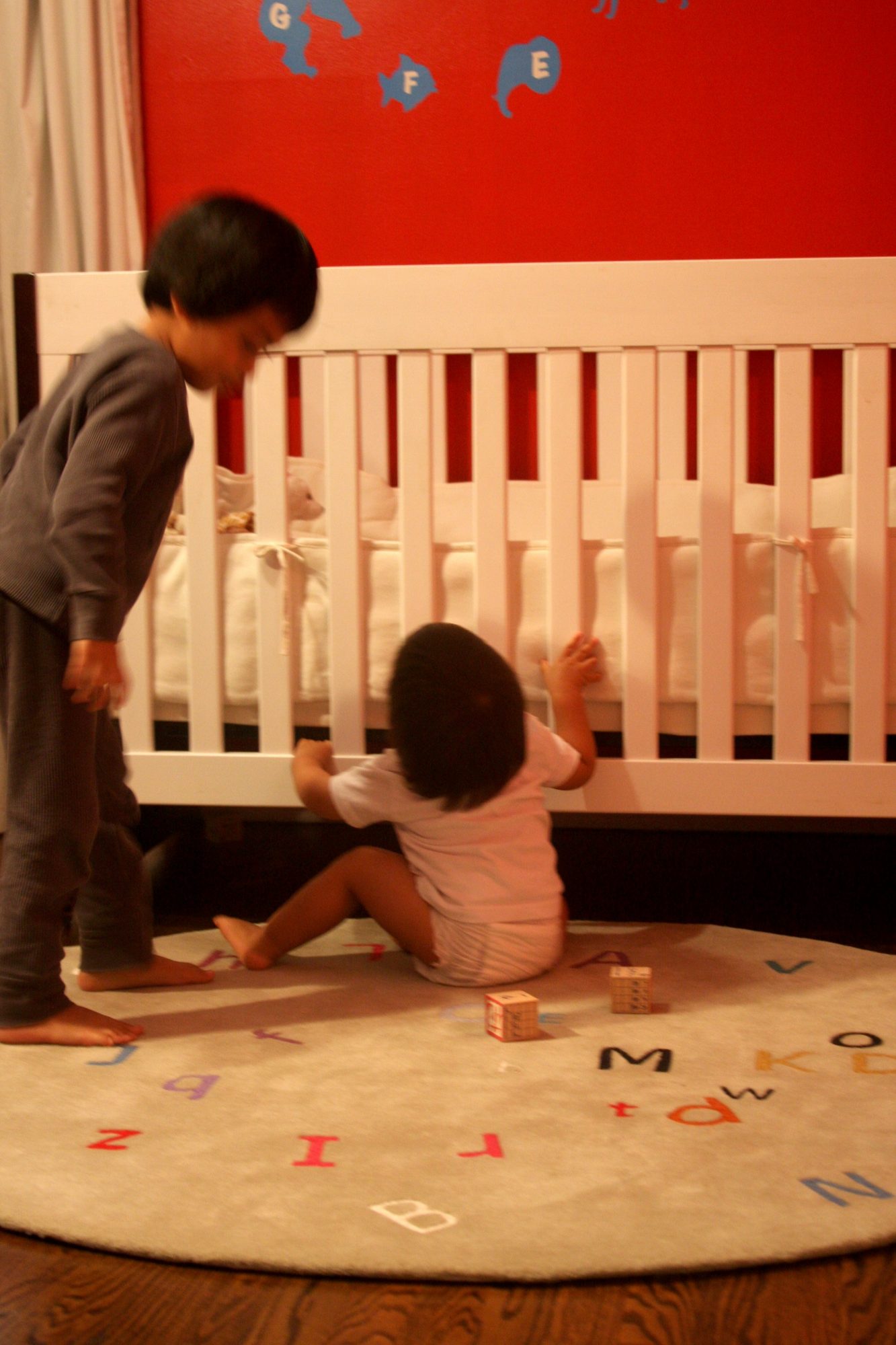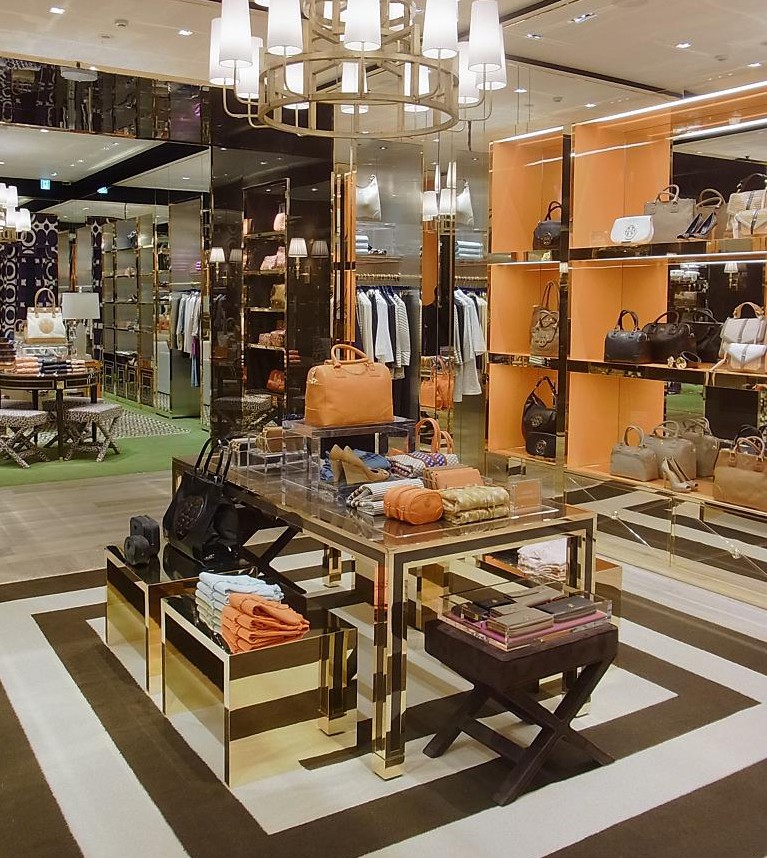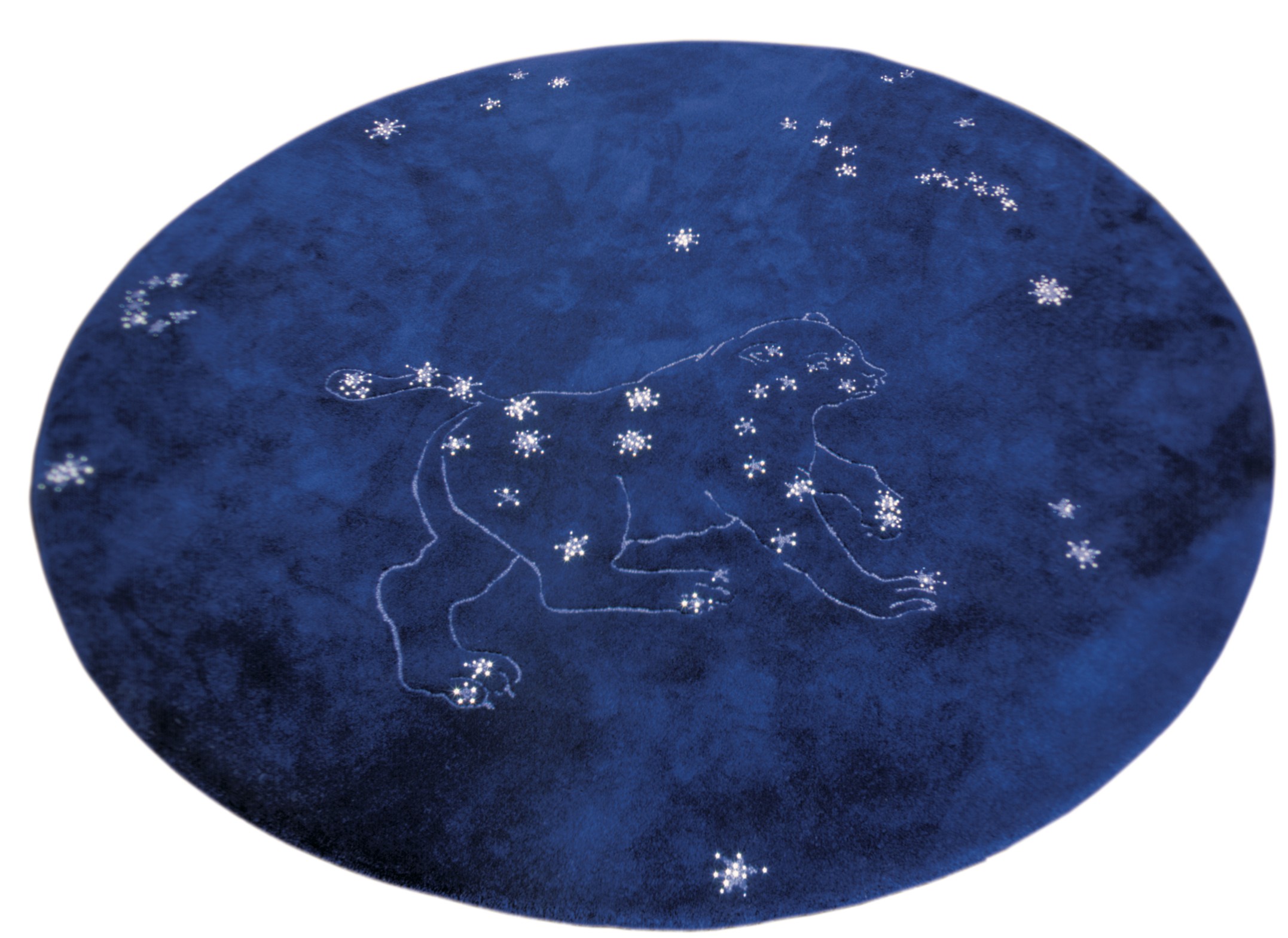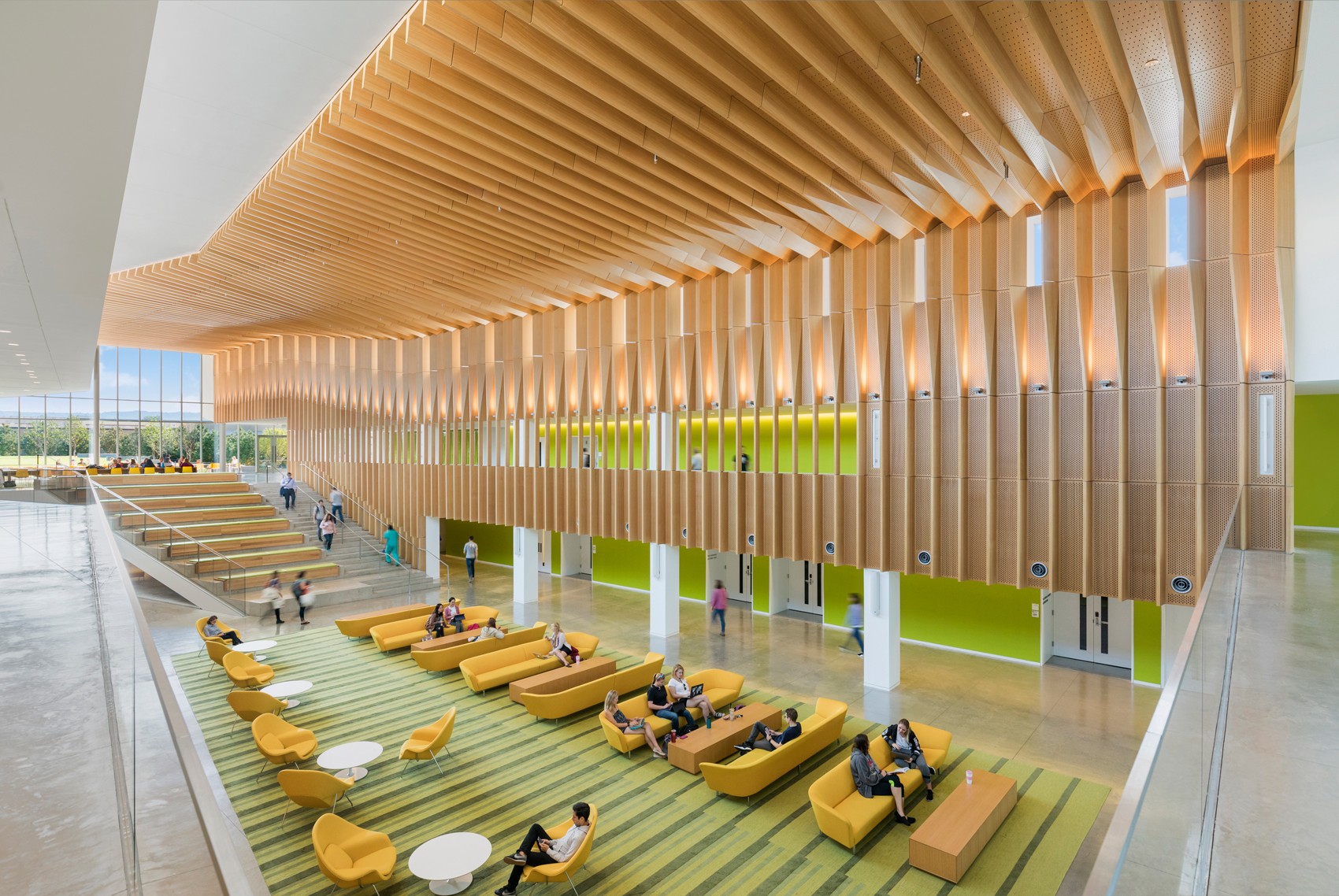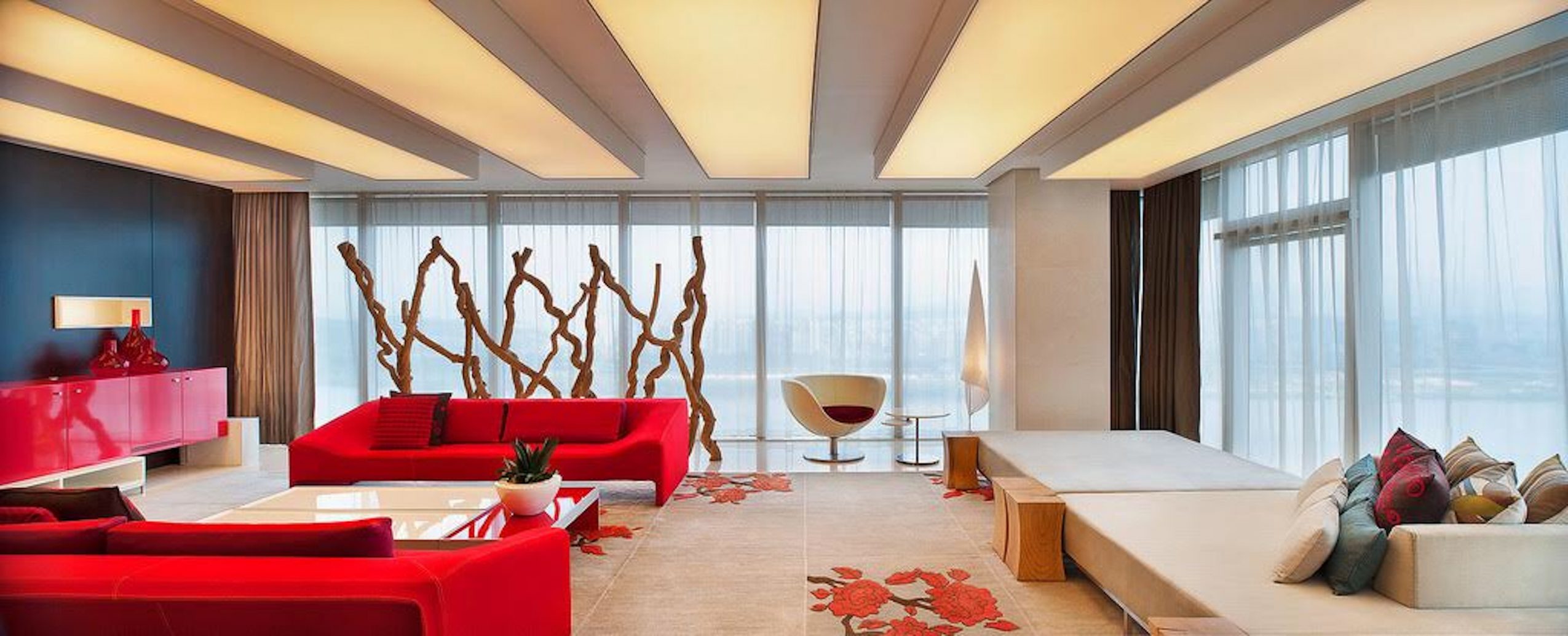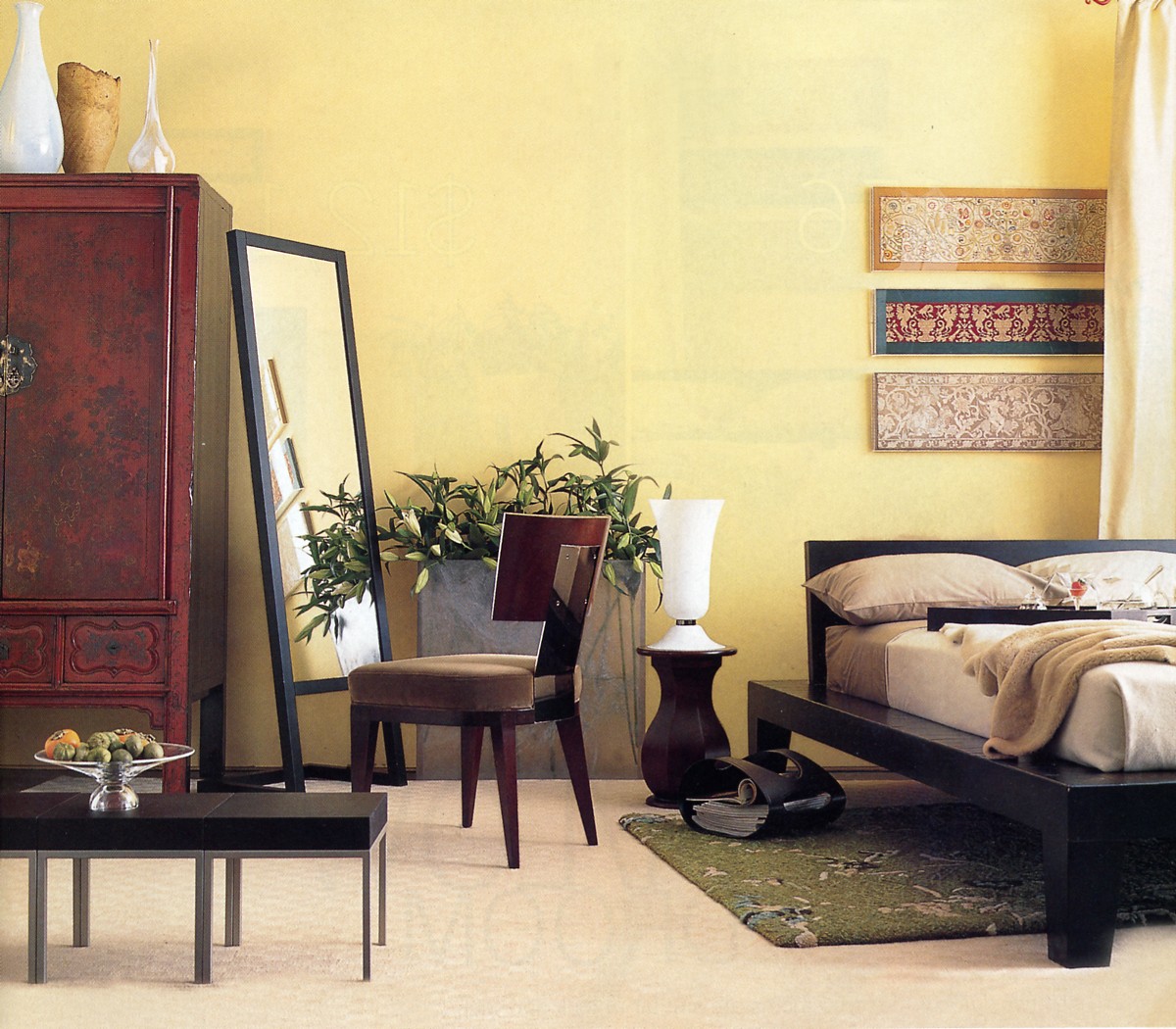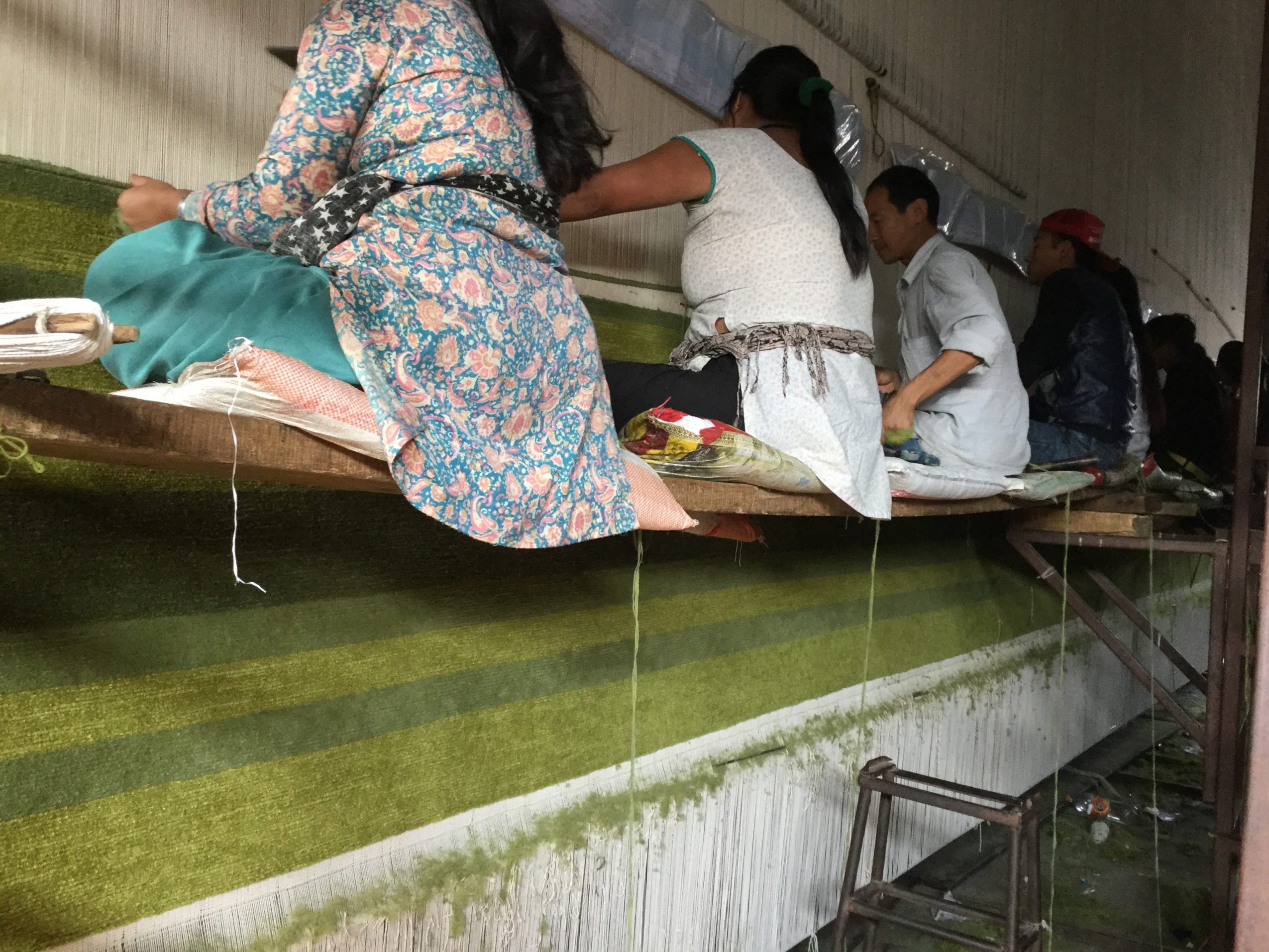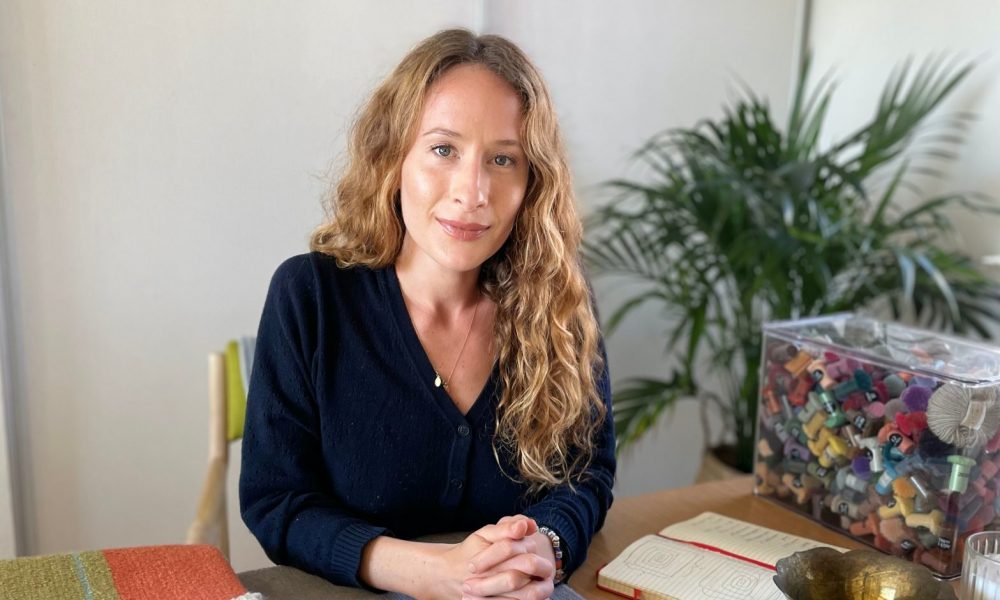

Today we’d like to introduce you to Eileen Le Guillou.
Alright, so thank you so much for sharing your story and insight with our readers. To kick things off, can you tell us a bit about how you got started?
I have always oscillated between worlds. My parents come from different countries and traditions and each lived abroad throughout their lives, so my twin brother and I began traveling and navigating different cultures before we can even remember. I believe this fostered in us a deep curiosity and an insatiable desire for learning. Creativity, starting with ballet at age four, was a way for me to express myself and hold my center while so much was going on around me. I was singularly focused and pursued the professional track until, by a fluke, I tested into a competitive math and science high school in New York City and discovered an entirely new world of intellectual curiosity. Outside of school, I took fashion design, drawing, and quantum philosophy courses. On the side, I worked in luxury retail and interned for my mother’s boutique flooring business – the one I co-own today – groundplans. She had always expressed her vision of sharing her business with me and with a collective, and of passing it on for me to carry forth. I grew up watching her work 24/7 – emails at the crack of dawn to catch manufacturers around the world before their day’s end, meeting with clients, revising designs until late into the night, connecting with creatives around the city and somehow managing to parent. Growing up, I was her plus one to dinner parties with her friends like Lenore Tawney, who pioneered fiber art as a woman born in 1907, and gatherings with some of the most creative people in the world – actors, musicians and artists – from the incredibly famous to the heads-down perfectionists, all uniquely talented. There was so much excitement and overflowing stimulation growing up in that world in New York City, but the boundlessness really scared me.
I decided to run in the other direction toward structure and, in the midst of the 2008 recession, what I perceived to be safety by going to engineering school. Still, I couldn’t resist the pull of the creative world, and so in the summer I split my time between my data analytics internship and studying interior design at Central Saint Martins.
When I graduated, my act of rebellion against my mother was to obtain the most stable, lucrative job with one of the largest corporations in the world. I wanted the weight and resources of a giant entity so that I could help build technology with the widest reach that would help the most people. I spent five years immersed in state and local governments, managing projects worth tens of millions of dollars, with hundreds of thousands of people as our “customers”.
Through my industry and the people I surrounded myself with at the time, I had become convinced that the only way to create change was to reach the masses or build a unicorn startup. But in my work and in the work of those around me, even and especially in government, I began to see that the goal of scale becomes just that in itself – rather than the goal of positive impact. A large organizations’ top priority is to keep itself large or growing, and the mission becomes second or third priority. After months or years, the relegated mission becomes distorted, and we can see that all around us in corporations and in political entities. While several years of my work were incredibly gratifying and filled with mission-driven individuals, I began to see how the bloat of the organizations themselves were holding us spinning our wheels.
Four and a half years ago, I took trip to LA to visit friends and it became the catalyst for change in every aspect of my life – I ended the relationship I was in, months after that I quit my corporate job, and within the next year I gradually traded in 15 years of partying in NYC for backpacking trips, volunteering every Saturday with children at the New York Botanical Garden, and Friday night Shabbat services. As my priorities and worldview shifted, it suddenly made perfect sense to join my mother’s business – expand the matriarchal family legacy, support highly skilled weavers around the world and help sustain a dying craft, and collaborate with inspiring clients. Suddenly the grand idea of helping people and the definitions of success took a new form – success meant having just enough means to sustain a peaceful life, and impact meant taking a deeper and more personal approach. With beauty as our basis, we get to co-create the backdrop of homes, stores and hotels around the world. All the while, we are directly employing people to create using exquisite natural materials, sharing this labor-intensive craft with clients who really value and appreciate it, and educating our network on the true value of handmade work. We know our customers not only by name and face, but also by tastes, preferences and habits, and some have become friends.
After just over four years since I joined the business, we are building a digital consumer-facing brand, evolving our commitment to sustainability, continuing to build relationships with our artisans around the world, and incorporating a non-profit, giveback dimensions into our work. After finally making the bicoastal move to Venice Beach last year, we are working on expanding our trade business to LA.
Would you say it’s been a smooth road, and if not what are some of the biggest challenges you’ve faced along the way?
It has been a glittering and rocky road filled with highs and lows. Practically, the transition was like whiplash. I was running a team of reserve Special Forces and meeting with chiefs of the New York Police Department one day, and the very next day I was standing in a Park Avenue duplex surrounded by what looked like the Unicorn Tapestries I had grown up seeing at the Cloisters Museum. Thus began one of my first years-long projects for the Rockefeller family.
A big struggle for me was learning how to be myself and internalizing the responsibility of freedom that had always scared me watching my mother. I had to shed a lot of the expectations that I put on myself and what had been imposed upon me: everything from how I dressed and carried myself, to how I defined “productivity”. Suddenly I was free to express myself in a way that felt true to me, but it also felt foreign and risky. No longer was my value based on the number of hours I clocked and the tasks I checked off, nor was it even necessarily based on the set of definitions my mother had implemented. For the first time, I had to learn how to define value for myself, which requires a lot more introspection than following rules.
I have always been creative but I’ve also been attracted to structure – I bought myself etiquette books when I was nine, enjoyed the precision and intricacy of ballet, and adored the satisfaction of math’s provable theorems and chemistry’s predictable reactions. There is a part of me that still finds so much exquisite beauty in perfect order, but now I see that it is always there in nature. How everything in our universe is made up of the same elements, how a flower knows what shape to take with every single bloom, how mountain ranges are carved by a stream flowing the same path for millions of years. And while humans, too, follow an order of sorts, our minds are built to imagine and take inspiration from nature in order to create. Once I could see the opportunity in this new challenge of harnessing broader ideas and concepts, the idea of infinite pathways became exciting rather than daunting.
Appreciate you sharing that. What should we know about Groundplans?
Our core business is the work we do with our very talented clients. We work with interior designers and architects as the rug consultant, creator, and project managers for residential, hospitality and commercial projects. We’ve worked on private homes from NY to Riyadh to Hong Kong, hotels in Korea, Thailand, and the US, Tory Burch stores worldwide, office campuses, and Ivy League universities. We also love working with private clients who have a keen eye and want to add personalization to their homes. The rug is one of the few pieces in any space in which every minute detail can be completely customized, so we try to empower our clients with that freedom while providing guidance tailored to their level of input. They may come to us with an inspiring image, color or idea and we help bring that to life by specifying the materials, construction, colors, scale and pattern to best complement the project and the space.
We are set apart by both our unique backgrounds as well as our lean and sustainable business model. Understanding the broader elements of design – space planning, lighting, and the context or culture of the place – really helps us connect creatively with our clients and provide intention behind the ideas we present to them and vice versa. Artistic collaborators and friends continuously bring fresh concepts into our fold, and we bring our lifelong passions for art, history and culture into our work.
Jody Harrow, my mother, didn’t start Groundplans until her mid-30s and had an incredibly rich artistic adventure prior. After falling in love with weaving at 17 and studying at Worcester Art Museum, privately with a professor at the Boston Museum school and at the Art Students League in New York, she apprenticed with founders of the design and art movements around the world. First in Japan, learning Katazome (silk screening) as an assistant to the founding member of the Mingei (folk craft) movement for three years, and subsequently with a founder of the California Arts and Crafts movement, Rudolph Shaffer. She started her own hand silkscreen studio in San Francisco to produce fabrics for home furnishing, all while teaching at the Pacific Basin school of textiles in Berkeley, CA. After attending a Steve Jobs presentation for artists, and receiving a donated Apple II computer in her weaving class in 1982, she pioneered computer-generated design. Based on these vast experiences, she wrote a book to empower individuals with fundamental design tools to become their own best resources. We published it as a digital storybook on groundswellbyjo.com. The chapters are encyclopedic and philosophical, but that is the level of detail and depth that we bring to everything we do.
Our design philosophy goes deeper than aesthetics. In the hospitality industry, my mother championed the idea of integrating sight-specific motifs indigenous to the domestic or international locations. She has continuously pushed the envelope of what’s possible when it comes to the intersection of craft, art and design by ardently experimenting with materials, techniques and motifs. When it comes to our own collections, we have always been focused on conceptual design as well as biophilic – bringing elements of nature into the home. Through Jody’s first rug collection in 1990, handmade by artisans in France, Groundplans brought tromp l’oeil and hand-carved sculptural representations of nature to carpets for the home for the first time – Rocks at Ise, Cherry Blossoms floating on a pond, Moss fields, Ginkgo leaves falling. Our children’s collection, footprints, is all about connecting and play – a hand-carved race track, the hatching of an egg, colored letters arranged into a visual symphony by our family friend and epic jazz musician, Brandon Ross.
Regarding our business model, most rug companies have a much longer supply chain and much higher overhead than we do. On the maker side, they are often going through representatives rather than going directly to the mills as we have always done. Going directly means our communication is faster, clearer and more accommodating to experimentation with new ideas. Plus, we get the best pricing possible for our clients while ensuring the mills are being paid a fair price.
On the end product side, other companies produce stock and pay to advertise, rent stores and offices and sell through showrooms. The stock must be stored in warehouses or trashed when it isn’t sold, and the company overhead either gets squeezed out of the makers or added to the buyer’s costs. We have never had to pay for advertising or retail space, we have always worked from home and traveled to mills, we hire as needed, and instead, we prioritize putting our investment toward our own creative collections and innovations – such as embedding fiber optic light cables into rugs to create illuminated constellations as we started doing in 2001. Every product is made to order, so we operate a zero-waste business. As we’ve learned more about the excessive pollution and landfill created by the industrialized textile industry, it has become even more important for us to focus on sustainability and the ethics of our business. We use natural, biodegradable materials and promote handmade options for large-scale projects such as hotels and offices by explaining the trade offs – both direct, in that handmade natural rugs are more durable than machine-made plastic (aka nylon), and global, in terms of biodegradability and the impact on jobs for makers around the world. And without the overhead distractions, we have the luxury of managing our day to day so that the only person who comes first is our client.
As we look to the future, we want our next collections and collaborations to go deeper into what we value. We are reclaiming our designs that were previously licensed to companies like Room & Board or shared with commercial executives and later proliferated into many of the trends we see today on the market. Using our own colors and stylistic choices, we are issuing these designs as they were intended to be.
As well, we are thinking about the most pressing issues we face in our society today – not just environmentally and politically, but as individuals, which is where we believe true transformation must start. With a new lens we are revitalizing our non-profit pursuits we had to pause several years ago, and we are looking at how we can bring some of our industry back to the United States to provide jobs for the people who need them most. From a product perspective, we are thinking about how we can use our spaces and our belongings around us to encourage the habits and rituals we want and need. How can our surroundings actually encourage us to be the best versions of ourselves at peace? This is a feeling we can spread to each other, one person at a time, and we believe that can be achieved by once again finding the relevant intersections of art, craft, design and culture. Stay tuned, and check out our handmade rugs, pillows and accessories on our new commerce site: www.groundplans.store
Are there any important lessons you’ve learned that you can share with us?
The freedom in running a business, as I’ve come to know it, means you get total autonomy in evolving the scope and reach of what you do. This requires staying in tune with yourself and constantly checking in: What really matters to me, and how can I incorporate it into what I’m doing? And if it’s a leap away, how can I begin building that bridge over the next few years, while continuing our core business of working with really talented people along the way? It means getting to do it all, as long as you can integrate the present with the future and keep your focus. As someone who naturally wants to experience everything, everywhere, all the time, channeling that focus through the freedom has only been possible through cultivating an understanding of what I truly, fundamentally care about. I’ve run down so many avenues chasing corporate and civic-minded partnerships, innovations, and artist collaborations and have had to redirect from so many of those attempts. Through the trials and errors, I’ve learned which ones I am able to easily walk away from, and which I still want to hold in my vision to try again with a new set of tools and perspectives.
As a small business owner, my values guide me every day. Without them, there is no business. There is no one making me show up to work, no expectation of compensation. The mission is a choice every single day, and in continuously making that choice my values have deepened over the years.
Contact Info:
- Website: www.groundplans.com
- Instagram: https://www.instagram.com/groundplans/?hl=en
- Facebook: https://www.facebook.com/groundplans/
- Youtube: https://www.youtube.com/channel/UC7nOkAg8M8qeOXUhX6ZOMLQ/videos
